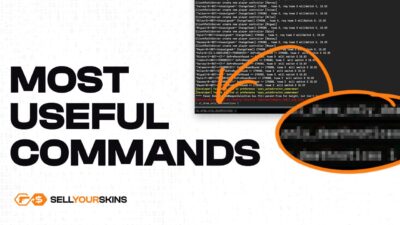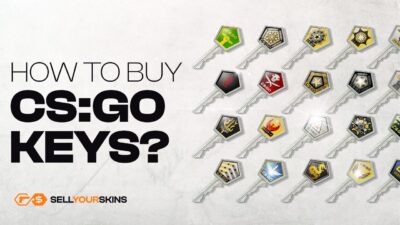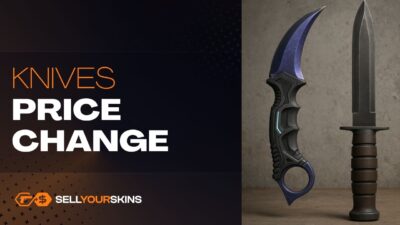CS2 is a game about competition, reflexes, and precision. But behind every headshot and every clutch, there’s something more – emotion, style, and a sense of individuality. That’s where skins come in. Although they don’t formally affect gameplay, without them Counter-Strike would lose part of its identity. They’re not just decorations but a driving force behind engagement, attachment, and the subculture built around the game.
Skins as an Emotional Catalyst
If CS2 were stripped of its skin system, it would lose something that makes the experience personal. Skins act as an emotional catalyst – they make every match more than just a fight for rounds; it becomes a display of personal style. Entering a server with a rare AK-47, a player feels like they’re showcasing something uniquely theirs – something that sets them apart. It’s a small detail, but one that translates into lasting engagement. Skins also provide a sense of progress. In CS2, there’s no visible “leveling up” of skills, so obtaining or purchasing a new skin works as a form of reward. It’s a psychological motivator – instead of pure competition, there’s an emotional goal: to upgrade one’s loadout, complete a collection, or acquire something truly special.
Symbolic and Social Value
For years, Counter-Strike has existed not just as a game but as a community. Skins have become its language. Players trade them, talk about drops, and evaluate new cases. It’s a kind of shared emotional marketplace – it’s not just about trading, but about belonging. An expensive skin becomes a symbol of prestige, experience, or simply luck. It’s the same mechanism that drives collecting in the real world. One player owns a unique skin; another wants to get it – and that dynamic fuels the entire culture surrounding the game. Without it, CS2 would remain a solid shooter – but one stripped of the social layer that keeps players invested far longer than the gameplay itself.
The Psychology of “Sense of Ownership”
Skins work because they create a feeling of owning something real within a virtual world. A player knows their skin has value – that it can be sold or traded. This builds a unique bond: their item has history, rarity, and meaning. In other games, cosmetics are bound to an account and mean nothing beyond appearance. In CS2, a skin is an asset – it has a real equivalent in value. That awareness makes the emotions in the game stronger. When you’re holding an AWP worth several hundreds USD, you feel something completely different than when using a standard weapon model. The game becomes more personal, and every round carries more significance.
CS2 Without Skins? Still Good, but Not Exceptional
Without skins, CS2 would remain a great shooter – but it would only be a game about competition. Gone would be the sense of style, individuality, and collectibility that drive millions of players’ engagement. Skins gave the game a second life – they made Counter-Strike about more than just winning; they made it about self-expression. That’s why players keep coming back, even when they’re not playing for rank or victory. They return because they want to own something – and that very “something” is what made CS2 one of the most unique phenomena in gaming history.



